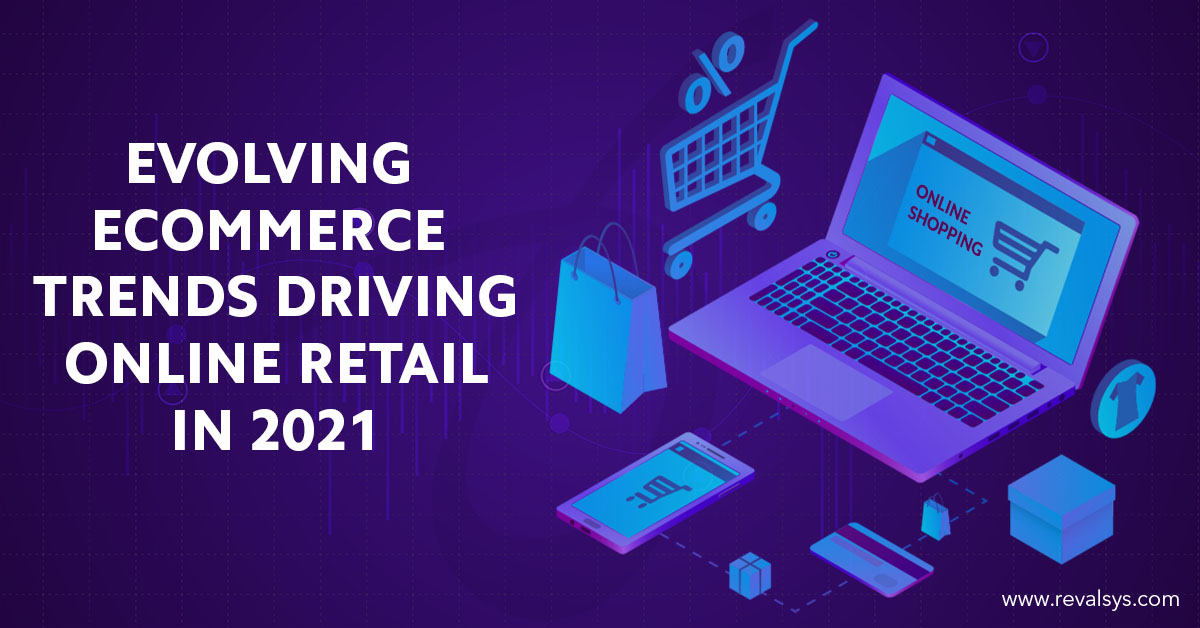
The dawn of every new year rings in new trends in all walks of life and in all sectors. However, 2021 is a bit different. This year is opening at the backdrop of the global coronavirus pandemic, which has changed the way we live, work, think, and shop. This has also brought about a change in consumer trends in different sectors.
The pandemic has had a major influence on consumer behavior and purchasing patterns, with people making purchases giving priority to their health and social distancing.
Here, we take a look at the trends in online retailing in various sectors in this new normal:
Food
With health experts declaring that the only way to fight the coronavirus is to build immunity, the demand for vegan foods is increasing. Plant-based foods made from fruits, vegetables, grains, and nuts are being chosen for healthier meals and bingeing. Organic beverages like herbal teas and citrus-based drinks are replacing carbonated and alcoholic drinks. People are making it a long-term lifestyle choice, as they are seeing the health benefits that it offers. They are also demanding to see the nutritional information of packaged food, and as a result, companies are reducing the amount of salt, sugar, and artificial flavors in foods and incorporating healthier alternatives.
Clothing
Consumers are preferring comfort along with style as they are staying home for most of the day and also working from home. The demand for loungewear and oversized and flowy outfits has increased. People also buying second-hand clothes that last longer in order to shop lesser and are opting for eco-friendly packaging.
Jewelry and Makeup
People are buying fewer makeup products and jewelry pieces and using them for multiple purposes in order to minimize shopping. For example, the trend of using lipstick as an eyeshadow as well as a blush has picked up after the pandemic. The demand for multipurpose convertible jewelry has also increased.
Home Gardening Essentials
Less physical shopping during the pandemic also meant that people were not able to go out to buy daily necessities like fruits and vegetables. Also, a lot of people wanted to avoid physical contact with home delivery agents as much as possible. They wanted to grow their own fruits and vegetables, and home gardening picked up as a necessity during COVID and as a hobby post the pandemic. This increased the demand for home gardening essentials like hand gloves, gardening scissors, watering cans, etc.
Wearable Technology
Wearable technology has always been in demand with tech-savvy fitness enthusiasts but it is witnessing a never-before-seen surge in demand since the outbreak of the pandemic. More people have started focusing on fitness now to build immunity levels. Also, with public places including gyms getting shut down people had to set up gyms in their houses, work out on their own, and monitor their own fitness. And this is where wearable fitness tracking devices came in. Smartwatches and fitness trackers that track heart rate and blood oxygen levels are in demand now. Along with Fitbit, Xiaomi, and Apple, other brands like OnePlus are also coming up with smart health tracking devices. The smartwatch by Apple can track the coronavirus symptoms of its users even before they show up. OnePlus has recently launched its own OnePlus Band that can track activity, blood oxygen and glucose levels, and sleep patterns.
Medical Equipment
Face masks and hand sanitizers, which were mainly used by doctors and other hospital staff before the pandemic and were believed to be a part of medical equipment, became household staples in the new normal. Many online retailers, including fashion brands, started selling essentials for the pandemic. For example, Vero Moda added face masks to its collection. Other online retailers added hand sanitizers.
Conclusion
Looking at the trends listed above, it is clear that with the onset of the pandemic people are continuously re-evaluating their lifestyle choices in terms of their eating habits and buying decisions. This change in thought process is likely to continue to impact consumer purchase patterns even after the pandemic is over, considering its long-term health effects.
